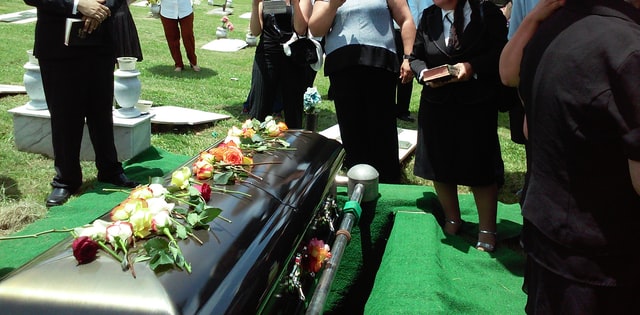The funerary form you or your loved one select will determine the kind of urn that will protect your loved one’s ashes. Even though cremation is becoming more and more popular as opposed to burial, the issue of what families should do with the cremains still exists. A growing number of people are choosing to inter their cremated remains because it strikes the perfect balance between a traditional funeral and cremation. In response to this pattern, cemeteries are establishing burial plots just for cremated remains. These plots are more reasonably priced and lower in size than conventional burial sites. There are several things to think about and choices to be taken if you or a loved one elects to be buried according to custom. Not all materials are appropriate for a burial outdoors.

Your choice of burial style should be consistent with the sort of urn material you select. Urns composed of cultivated materials and metal are suited for burial. The urn can experience physical stress over time from subsurface pressures. Cultured materials with the strength to withstand these forces include granite, marble, onyx, or specially blended resin and filler. Eco-friendly burials can also be performed in grave spaces. An environmentally friendly alternative to conventional metal and stone urns are biodegradable urns for ashes, which can be created from leaves, recycled paper, wool fibre, tree bark, untreated wood, compacted peat, coconut shells, rock salt, sand, and other materials that decompose in the earth.
In addition to cemeteries, memorial gardens and other outdoor locations can also be used for funerals using urns made of metal and cultivated materials. Bronze and brass are incredibly resistant to corrosion, though they do corrode and develop a green patina over time. Urns can also be found in stainless steel or aluminium, which are less expensive options that are just as sturdy as more expensive urns. Memorial benches, rocks, or trees can be used as alternatives to burial urns. For additional support and to guarantee the structural integrity of the ground surrounding the urn, some cemeteries may demand that you purchase a burial vault to hold your urn. Urn vaults support the soil and make sure that the urn does not fall over from the weight of the soil above, similar to burial vaults. The urn will be shielded by an urn vault from moisture and deterioration brought on by the elements.

Another wonderful approach to provide a spot for family members and future generations to visit is to store your loved one’s urn in a columbarium. The advantage of a columbarium is that it can be found above ground, eliminating the requirement for an urn vault. Columbaria are typically situated in open areas so that visitors can pay their respects to the deceased without disturbing the grieving. The most common materials used to create columbarium urns are glass and ceramic. Glass urns are very beautiful and come in a variety of colours, patterns, and shapes. Ceramics is the most typical material used to make funeral urns. Smooth surfaces with decorative accents are a common characteristic of ceramic urns. Wood may be a welcome alternative for anyone who favours the idea of a green burial because ceramics and glass are both highly sensitive.





